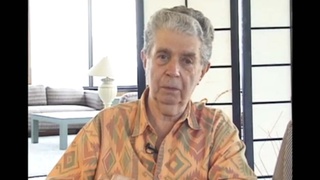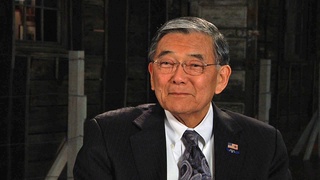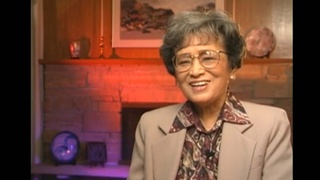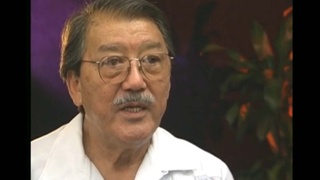Interviews
Sansei and the Redress Movement
But in our latter year -- later years especially, I, as I think in terms of redress, so forth, in my -- as far as I'm, understanding is concerned, I feel very strongly that Sanseis had a lot to do with the redress movement.
And I felt -- I think they felt as an outsider to see what was happening to their parents. Maybe their, their point of view was different and they could see the injustice that was done. And because of that and their interest in our history and the sudden... oh, what shall I say? Well, I guess the impetus for redress aroused a lot of interest in term -- on the part of the Sanseis and others, what happened and whatever before that. As questions were asked, why didn't you talk about it, so forth.
And so people started to write, and I think younger academicians were -- started to get oral history, write about it, do research, became big, big, bigger, bigger. And so that right now it seems like we're overwhelmed by the internment scene, just overwhelmed by information available and so forth. But it was a really big part of our lives.
Date: February 18, 2002
Location: Washington, US
Interviewer: Alice Ito, John Pai
Contributed by: Denshō: The Japanese American Legacy Project.










